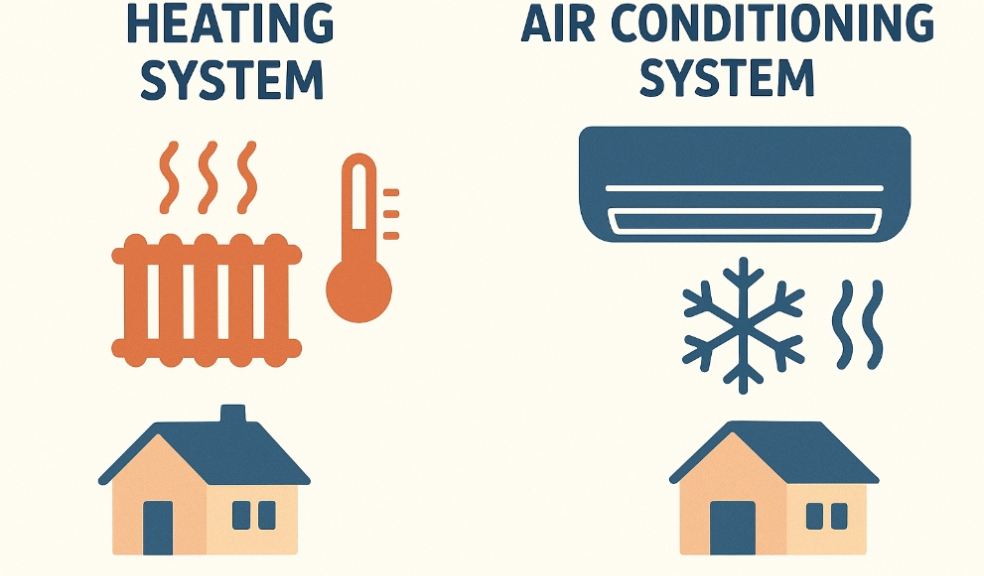
The Importance of Your Heating and Air Conditioning Units
We rarely consider the complex machinery humming in our basements and closets until something goes wrong. Yet these systems represent one of our most significant investments in comfort, health, and financial efficiency. Understanding the "why" behind heating and cooling equipment involves far more than thermostat settings; it's about creating a deliberate environment that impacts everything from sleep quality to monthly utility expenses.
More Than Just Warmth: The Purpose of Heating
A reliable heating system provides fundamental protection against cold weather's physical dangers. Effective temperature regulation prevents frozen pipes from bursting and avoids the health risks associated with hypothermia. Proper heating also controls indoor humidity levels, inhibiting mold growth that thrives in cool, damp conditions. Beyond basic survival, consistent warmth supports musculoskeletal health, easing stiff joints and improving circulation. For households with vulnerable members like infants or elderly residents, a properly functioning system is non-negotiable for safety. This is where expertise matters; qualified local radiator installers ensure heat distribution is even and efficient, avoiding cold spots that compromise comfort.
The Modern Meaning of Cool Air
Cooling represents more than a luxury in increasingly warm climates. It’s a vital component for preserving indoor air quality and maintaining bodily comfort during heatwaves. Efficient systems filter allergens and pollutants while reducing humidity that encourages dust mites and mildew. Temperature control protects electronics and prevents heat-related food spoilage. Furthermore, sleep science confirms that cooler environments significantly improve rest quality, making air conditioning an important contributor to overall wellbeing rather than mere convenience.
Energy Efficiency: The Silent Budget Director
Equipment efficiency directly dictates household operating costs. Older systems often consume excessive power, silently inflating utility bills month after month. Modern units utilize advanced technology to deliver the same comfort levels using significantly less energy. Seasonal efficiency ratings provide clear metrics for comparison between models. Investing in high-efficiency equipment often qualifies for rebates and incentives, offsetting initial purchase prices. This financial aspect transforms temperature management from an expense into a long-term value proposition.
System Longevity and Strategic Maintenance
All mechanical systems experience gradual decline through constant operation. Regular maintenance extends functional lifespans dramatically, preventing minor issues from becoming catastrophic failures. Changing filters monthly preserves air flow and reduces strain on components. Annual professional inspections identify worn parts before they break. Well-maintained equipment operates more reliably during extreme weather when needed most. This proactive approach avoids emergency repair costs and ensures consistent performance year-round.
Integration and Smart Technology
Contemporary climate control revolves around integration rather than isolated machines. Smart thermostats learn schedules and adjust temperatures automatically for optimal efficiency. Zoned systems allow different areas to maintain varying temperatures based on usage patterns. These technologies provide remote access and detailed consumption analytics, empowering homeowners with unprecedented control. Integration with renewable energy sources like solar panels further reduces environmental impact and operating costs.
Choosing Equipment for Your Specific Needs
Selecting appropriate systems requires evaluating multiple factors unique to each property. Home size and insulation quality determine necessary capacity. Regional climate dictates equipment priorities—heating dominance versus cooling focus. Existing ductwork may influence whether traditional forced-air or ductless systems prove most suitable. Fuel availability and cost (natural gas, electricity, propane) also guide optimal technology selection.
The Health and Comfort Connection
Ultimately, environmental control systems contribute significantly to daily quality of life. Proper temperature and humidity management reduces asthma triggers and allergic reactions. Consistent comfort levels improve mood and productivity. Reliable equipment provides peace of mind during seasonal extremes. Viewing these systems as health-protecting infrastructure rather than simple appliances reframes their importance in our domestic lives.
Our mechanical systems work silently in the background, but they deserve foreground attention. Informed decisions about heating and cooling equipment pay dividends in comfort, savings, and wellbeing for years to come.











